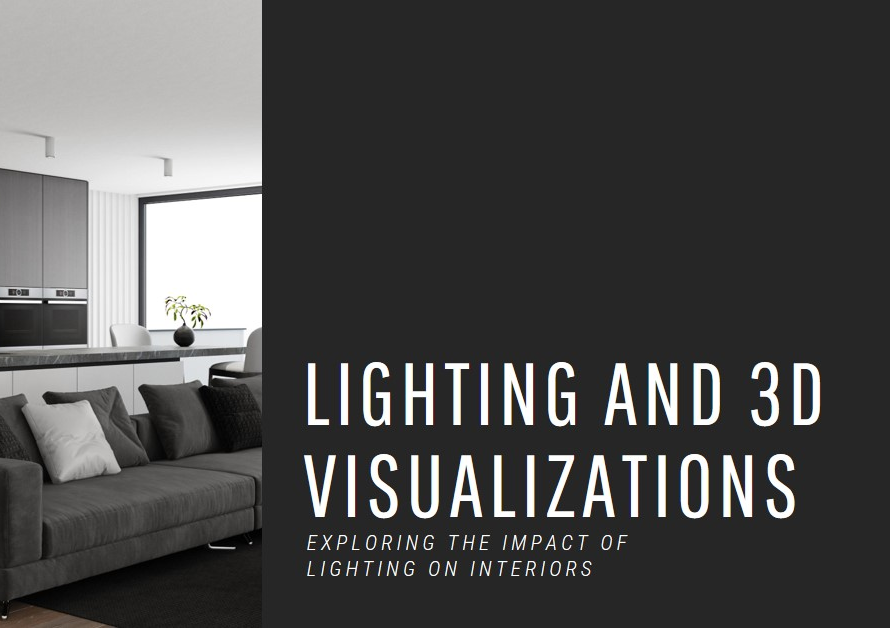
Table of Contents
1. Sustainable Materials and Green Design
One of the most significant trends defining modern architecture is the emphasis on sustainability and green design principles. Architects and designers are increasingly turning to eco-friendly materials and construction methods to reduce environmental impact and create healthier, energy-efficient buildings. Advances in sustainable materials such as engineered wood products, recycled materials, and low-impact finishes offer durable and aesthetically pleasing alternatives to traditional construction materials.
Green design strategies such as passive solar design, natural ventilation systems, green roofs, and energy-efficient insulation contribute to reduced energy consumption and operational costs over the lifespan of a building. Incorporating sustainable materials and design principles not only aligns with environmental stewardship goals but also enhances the overall quality of built spaces, promoting occupant well-being and comfort.
2. Digital Modeling and Building Information Modeling (BIM)
The integration of digital modeling tools and Building Information Modeling (BIM) software has revolutionized the architectural design and construction process. Architects and design teams leverage advanced software such as Autodesk Revit, ArchiCAD, and Rhino to create detailed 3D models, simulate building performance, and streamline collaboration among project stakeholders.
BIM technology allows for comprehensive digital representations of building projects, integrating architectural, structural, mechanical, and electrical systems into a cohesive model. This digital integration enables better visualization, clash detection, cost estimation, and project coordination throughout the design and construction phases. The ability to analyze and optimize building performance digitally before construction significantly reduces errors, improves efficiency, and enhances project outcomes.
3. Parametric Design and Generative Algorithms
Parametric design and generative algorithms have emerged as powerful tools in pushing the boundaries of architectural creativity and complexity. Architects utilize parametric modeling software such as Grasshopper for Rhino or Dynamo for Autodesk products to explore intricate geometries, optimize designs based on performance criteria, and generate iterative design variations.
By defining parameters, constraints, and relationships within digital models, architects can create dynamic, responsive designs that adapt to environmental factors, user needs, and aesthetic preferences. Generative algorithms enable exploration of design options based on algorithms and rulesets, fostering innovative solutions and design iterations that may not be feasible through traditional design methods alone. The result is a new era of architectural forms, structures, and spatial experiences that blur the lines between art, technology, and functionality.
4. Modern Architecture – Advanced Construction Techniques and Robotics
The realm of construction has seen remarkable advancements with the adoption of advanced techniques and robotic technologies in building processes. Robotics and automation play a crucial role in tasks such as prefabrication, modular construction, 3D printing, and on-site assembly, revolutionizing efficiency, precision, and safety in construction projects.
Robotic arms and 3D printing technologies enable the fabrication of complex building components with unparalleled accuracy and speed, reducing material waste and labor costs. Prefabrication and modular construction techniques leverage off-site manufacturing to deliver building modules or components ready for assembly on-site, accelerating project timelines and minimizing on-site disruptions. These advanced construction methods not only improve productivity but also open doors to innovative design possibilities and sustainable building practices.
5. Smart Building Technologies and Internet of Things (IoT)
The rise of smart building technologies and the Internet of Things (IoT) is transforming the way buildings are designed, operated, and experienced. Integrating IoT sensors, connected devices, and building management systems allows for real-time monitoring, control, and optimization of building performance, comfort, and energy efficiency.
Smart building features such as automated lighting and HVAC systems, occupancy sensors, smart thermostats, and energy management platforms enhance occupant comfort while reducing energy consumption and operational costs. Data analytics and predictive maintenance algorithms enable proactive building management, identifying potential issues before they escalate and optimizing maintenance schedules for optimal performance. The evolution of smart building technologies not only enhances sustainability but also elevates the user experience within built environments, catering to evolving needs and preferences.
6. Seamless Collaboration and Cloud-Based Platforms
The advent of cloud-based collaboration platforms and digital project management tools has revolutionized the way design teams, stakeholders, and contractors collaborate on architectural projects. Platforms such as Autodesk BIM 360, Trimble Connect, and Revizto facilitate real-time collaboration, document sharing, version control, and project coordination across distributed teams and locations.
Cloud-based platforms streamline communication, reduce errors, and improve project transparency by providing centralized access to design files, drawings, specifications, and project data. Design iterations, revisions, and feedback loops become more efficient and traceable, enhancing overall project workflow and delivery timelines. The ability to collaborate seamlessly in the digital realm transcends geographical barriers and fosters global collaboration among diverse teams working on complex architectural projects.
7. Virtual Reality (VR) and Augmented Reality (AR) Experiences
Virtual Reality (VR) and Augmented Reality (AR) technologies are revolutionizing architectural visualization, client presentations, and user experiences in the built environment. Architects leverage VR headsets and immersive environments to provide clients, stakeholders, and users with realistic virtual tours of unbuilt spaces, allowing for interactive exploration and feedback.
AR applications enable architects to overlay digital models onto physical spaces, facilitating on-site visualization, design validation, and construction coordination. These technologies bridge the gap between digital design concepts and real-world environments, empowering stakeholders to make informed decisions, experience design concepts firsthand, and envision the final built outcome with unprecedented clarity and realism.
8. High-Performance Building Materials and Systems
Advancements in high-performance building materials and systems have revolutionized the durability, efficiency, and sustainability of modern architecture. Innovations such as advanced glazing systems, insulated concrete forms (ICFs), green roofs, and photovoltaic integrated facades enhance building envelope performance, energy efficiency, and indoor environmental quality.
High-performance materials and systems contribute to improved thermal insulation, daylighting optimization, acoustic comfort, and moisture management within buildings. Sustainable materials such as low-emissivity glass, recycled steel, and bio-based insulation offer environmentally friendly alternatives with superior performance characteristics. Integrating these materials and systems into architectural designs not only reduces environmental impact but also enhances occupant comfort, health, and productivity within built spaces.
9. Data-Driven Design and Performance Analysis
The era of data-driven design and performance analysis empowers architects and designers to make informed decisions based on real-time data, simulations, and analytics. Building performance analysis tools such as energy modeling software, daylighting simulations, and computational fluid dynamics (CFD) simulations enable designers to evaluate and optimize design strategies for energy efficiency, thermal comfort, natural lighting, and indoor air quality.
Data analytics platforms integrated with building management systems (BMS) and IoT sensors provide insights into building operations, occupancy patterns, energy usage trends, and predictive maintenance needs. This data-driven approach informs design iterations, retrofits, and operational strategies to enhance building performance, sustainability metrics, and user experiences over time.
10. Ethical and Inclusive Design Practices


In the realm of modern architecture, ethical considerations and inclusive design practices are gaining prominence as architects embrace social responsibility, diversity, and accessibility in built environments. Designing spaces that are inclusive, equitable, and accessible to people of all abilities, ages, and backgrounds is a fundamental principle shaping contemporary architectural discourse.
Architects integrate universal design principles, accessibility standards, and human-centered design approaches to create environments that prioritize safety, comfort, and usability for diverse populations. Considerations such as barrier-free access, sensory design, wayfinding systems, inclusive amenities, and cultural sensitivity contribute to environments that promote well-being, social equity, and community cohesion. Ethical design practices encompass sustainability, resilience, cultural preservation, and social impact, reflecting a holistic approach to architectural innovation and responsibility in shaping our built world.
By embracing these tech advancements and trends, architects and designers are poised to create transformative, sustainable, and inclusive built environments that respond to evolving societal needs, technological possibilities, and environmental imperatives. Incorporating these innovations into design processes, collaborations, and project implementations paves the way for a future of architecture that is not only visually captivating but also responsive, resilient, and meaningful in its impact on individuals, communities, and the planet.


